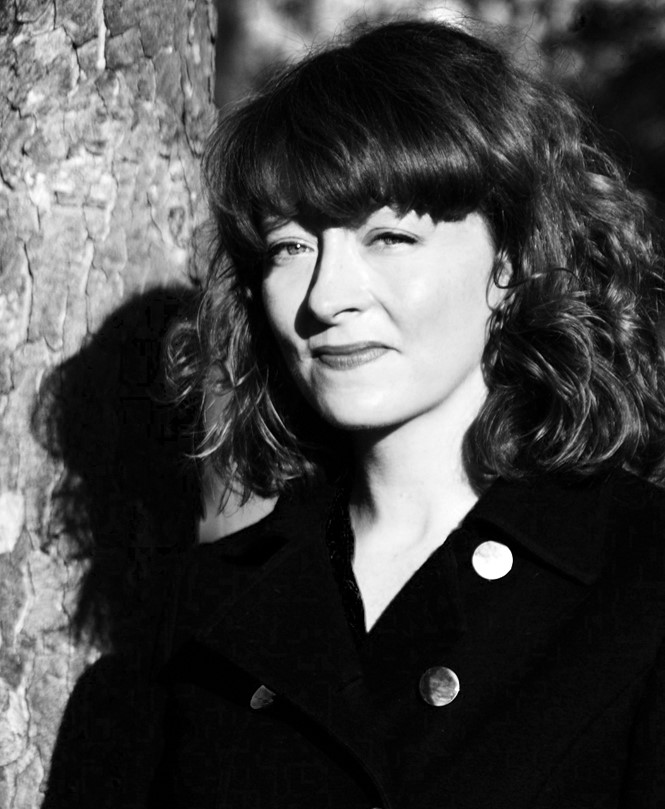Five minutes with Rachel Wood

Rachel Wood founded synch-licensing agency Woodwork music in 2003 and has worked with brands like Heinz, Netflix, Hennessey and Audi. She speaks with Communicate magazine about the relationship between brands and music.
What kind of impact does music have on the branding of a company?
Music is crucial in building a strong brand identity and creating an emotional connection with audiences. There is a huge amount of potential to harness this power, that is being wasted. Music elevates an emotional response, tells a story and connects a consumer to a brand. Brands and agencies claim to understand the importance of music to brands, but this isn’t reflected in their budgets and their time allocated to commercial projects. It is still one of the most under-utilised tools available to a brand and is something that a good music supervisor or music company can help with. For example; if an ident has attention-grabbing music you will take notice rather than leave a room.
How did you get into this type of work and why?
I started working at a hip hop label in Manchester called Grand Central Records. It was the golden age of the chill-out compilation and they were inundated with requests for the tracks to be used on these CDs but didn't know what they should be asking for and whether the deals they were getting were any good. As with a lot of these micro label operations they were run with love and passion for the music and artists they were nurturing rather than drive for profit and business acumen. I got a kick out of making sure the label was getting the best deal it could. I had no idea about music copyright or licensing but I asked people I knew working at major labels and music publishers what they would ask for and taught myself the principles of licensing. I also started actively marketing the catalogue to TV music supervisors in the US as well as the world of advertising and branding.
What is your process for working with client?
We operate as agents for existing music (representing a roster of labels and artists) and as a music production house so the process is quite different for each. With existing music we work with music supervisors across a range of visual industries (but mainly advertising, TV and trailers). We tailor our promotion of the music to the various decision makers individually, depending on the industry and their preferences but our work includes responding with suggestions to a specific brief they are working on, and creating themed playlists and best of new music samplers for them to download or stream. Once a deal comes in we negotiate the licence on behalf of our music clients.
On the production side the process is longer and usually more collaborative creatively as we are part of a team creating a new piece of music for a specific project. We can be brought in by different parties at different stages but essentially once we have received a music brief we pitch or demo for the work initially, then – once the job is awarded – we work alongside the agency producer and creatives, brand and often the director to realise their musical vision!
Which of the big brand collaborations in particular, was a special one for you?
I think probably our first bespoke job which was the ‘Go on lad’ spot for Hovis, directed by Ringan Ledwidge, who we went on to work with on iconic campaigns for the Guardian, Puma and Axe amongst others. Creating bespoke music was something I had thought about before but for that multi award-winning ad to be the first job we did was pretty incredible. It started that whole side of the business for us and is something which we all get a tremendous buzz from. The composers and producers we work with are usually either in bands we represent or are actively working as music producers in the music industry and it is great to see them flourish and develop their skills outside of their own artist selves. It also showed us that word of mouth and quality will out. We were a two person operation when that job came in, with no marketing spend but lots of people who knew our dedication and taste. A lot of the reel you see now is down to the size of that first lucky break!












